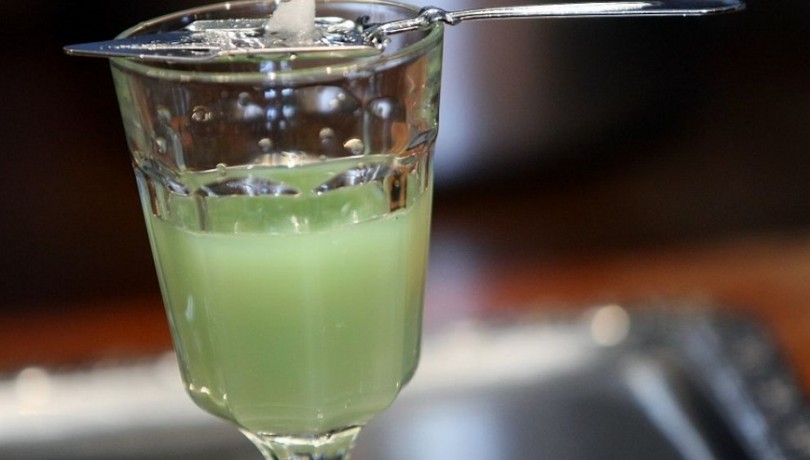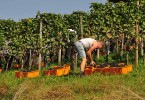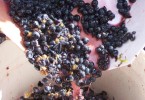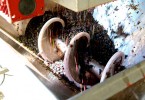Absinthe, the cursed Green Fairy
The Green Fairy, this is the name of absinthe that has enchanted cursed poets and impressionist painters. It is told, in fact that great artists like Verlaine, Degas and Picasso, found the inspiration for stroke of genius and amazing works. The green nectar with a bittersweet taste, the Fee Verte, has always been considered as the forbidden liqueur, able to make travel spirit and mind through time and dreams’ world.
The controversial history of Absinthe
Absinthe, delicious green liqueur, is famous for its history that is tied with the most famous and controversial artists of the last century. It was forbidden for many years, and actually it is an extraordinary spirit. Its danger is more a legend! This belief was born because of the toxic substances like copper salts, aniline dyeing and antimony trichloride added to reach a status of unconsciousness. Other characteristics that contribute to upset mind and spirit are the high alcoholic volume and the presence of thujone.
Properties of thujone
It was born and spread in middle Europe in the XIX century and banned as venom. It was labelled to have hallucinogenic properties, even if years later is was reintroduced almost in every European countries.
The accused ingredient is thujone, a terpene contained in the essential oil of the arthemisia plant that could cause delirium tremens and craziness. Actually, however, it is impossible to be poisoned drinking absinthe, because the maximum level that it can contain doesn’t have to exceed 30-40 mg/kg, absolutely not enough to risk the dangerous collateral effects.
How is absinthe made?
All starts from arthemisia absinthium, the plant that grows luxuriant, in the alps and along the rivers. Each producer of this spirit has a secret recipe that can contain up to 15 herbs, but there are two essential elements: arthemisia absinthium, that give the unique bitter taste, and anise, responsible of the fresh and pungent aroma.
Absinthe, anise and other herbs like mint, fennel, lemon balm, hyssop and angelica macerate in alcohol for a couple of weeks and at the end of the maceration, they are distilled with a still of copper and steel.
The precious liqueur, completely transparent, is colored with herbs and sugared: the result is a syrupy liqueur with a bright green colour.
Pungent notes and herbaceous, fresh aroma
Absinthe has an alcoholic volume around 40° and 70°, to dilute in the glass. It has characteristic organoleptic properties: the first sip highlight the persistent taste of anise, but then a rich bouquet of aromatic herbs explodes in the palate. It goes from mint and liquorice, to bitter orange and lemon balm. There are herbaceous and citrus notes together with the main aroma of anise and mint.
How to recognise a true absinthe?
Colour: the colour has to be obtained thanks to the herbs, thus distrust with absinthe with a bright emerald green colour because it is symptom of artificial food colourings.
Louche effect: absinthe whitens because of the presence of anise, reaching a milky white colour with shades, when it comes in contact with water.
Distillation: absinthe isn’t macerated or with essential oils, the real absinthe is distilled.
How to drink absinthe
The French method, original and classic, used by the cursed poets, foresees to pour the liqueur in the glass where it is placed the typical pierced teaspoon with a sugar lump. Pour cold water on the lump in order to melt it slowly in the absinthe and start the louche effect, becoming milky. Finally, blend and add ice and water that should be three times more the quantity of absinthe. Pretty famous is the Czech method, spread in the XX century to attract tourists and thus it is not the original one. With this method you should burn the sugar lump soaked in absinthe, causing a flame. Before the sugar caramelizes, pour the water and mix.









